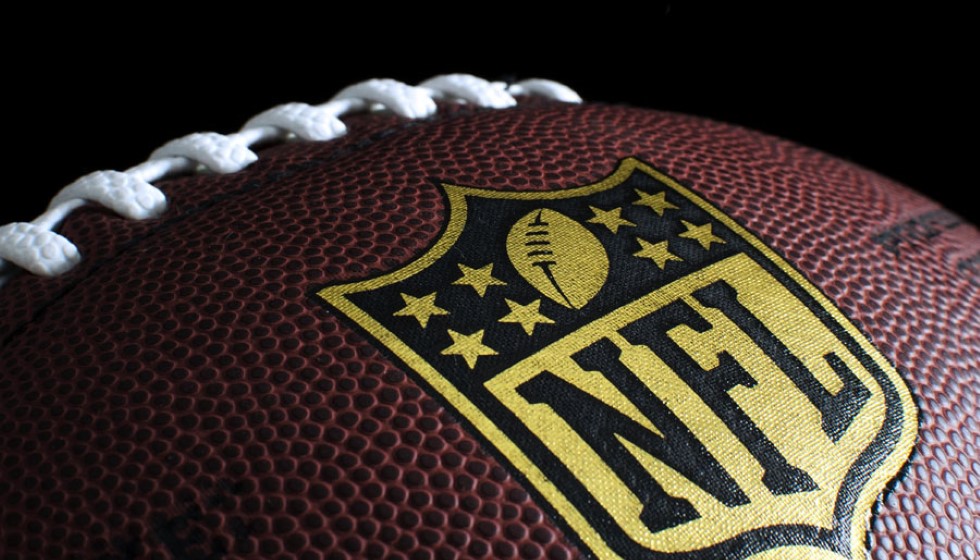
In a troubling trend for professional athletes, recent high-profile burglaries have brought the issue of personal security to the forefront. Notable figures in the world of sports, including NFL talents Patrick Mahomes and Travis Kelce, and NBA star Luka Doncic, have found themselves in the crosshairs of targeted break-ins.
High-Profile Incidents
These incidents have sent ripples throughout the sports community, prompting swift reactions from both the National Football League and the National Basketball Association. In November, the NBA issued a security memo urging heightened vigilance among its players, shortly after the burglary at Doncic's residence in Dallas. Similarly, the NFL responded with a league-wide security alert to address the invasions of Mahomes' and Kelce’s homes.
Among the most unsettling incidents was the targeted break-in of Sarah Jane Ramos' car, the fiancée of quarterback Dak Prescott, at a Pilates studio in Dallas. The burglars made off with nearly $40,000 in valuables. Adding to the concerns, Joe Burrow's home was targeted during a Cincinnati Bengals game against the Cowboys, igniting further anxiety among athletes and their families.
Athletes as Targets
These unsettling events have underscored the vulnerability of public figures in sports, who, due to their prominence and perceived wealth, have become increasingly appealing targets. The spate of burglaries has driven athletes to reassess and bolster their personal security measures.
Dak Prescott candidly addressed this growing concern when he stated, "The target that I am, whether it be for a natural robbery, whether it be for losing the game or whatever, I understand the position that I'm in. So for me, it's more about today and now protecting my fiancée and my daughter." His remarks reflect a broader sentiment among professional athletes who are grappling with the dualities of fame and safety.
Impact on Personal Lives
The psychological toll of being a potential target cannot be overlooked. Prescott's introspective insights shed light on the gravity of the situation: "It's not fun. I could say that for sure. Obviously fortunate to be able to put people and things in place to protect myself, so that's my No. 1 priority." The perpetual balancing act between relishing one's professional success and safeguarding personal well-being becomes a crucial focus for these athletes.
He further pondered the prevalence of such incidents, commenting, "Who knows how many times that happens a day?" This perspective reveals the pervasive nature of these threats, emphasizing the urgency with which athletes must address their safety concerns.
Enhanced Security Measures
To mitigate these risks, athletes have been actively enhancing their personal security strategies. The utilization of advanced home security systems and employing professional security personnel are becoming standard practices among those in the limelight. These strategies aim not only to protect material assets but also to offer peace of mind to athletes and their families.
The interconnectedness of security within the sports community has also come into play, as leagues, associations, and teams collaborate to provide additional guidance and resources to their players. By fostering a culture of awareness and proactivity, they aim to shield athletes from these unsettling adversities.
As professional athletes continue to command attention both on and off the field, the importance of robust personal security measures is underscored. For figures like Dak Prescott, the journey ahead involves more than just athletic achievement—it necessitates the fortification of safety nets that ensure the protection of loved ones and peace in everyday life.
In an era where celebrity and risk often overlap, the pressing question for athletes remains how best to leverage their resources and influence to cultivate a secure environment, proving that playing defense is not just a game-time strategy, but a life-long commitment.